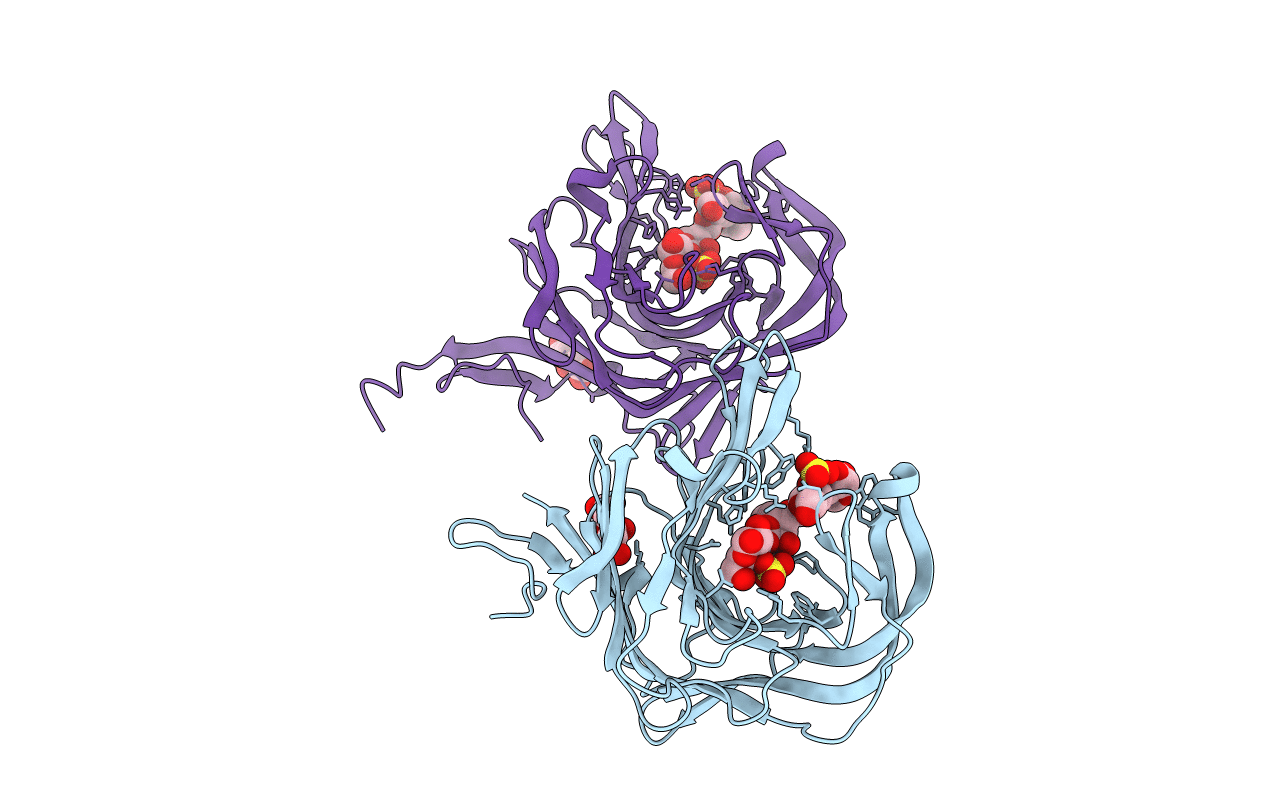
Deposition Date
2017-07-03
Release Date
2017-10-18
Last Version Date
2024-11-06
Entry Detail
PDB ID:
5OCQ
Keywords:
Title:
Crystal structure of the complex of the kappa-carrageenase from Pseudoalteromonas carrageenovora with an oligotetrasaccharide of kappa-carrageenan
Biological Source:
Source Organism:
Pseudoalteromonas carrageenovora (Taxon ID: 227)
Host Organism:
Method Details:
Experimental Method:
Resolution:
1.70 Å
R-Value Free:
0.16
R-Value Work:
0.13
R-Value Observed:
0.13
Space Group:
P 21 21 21


